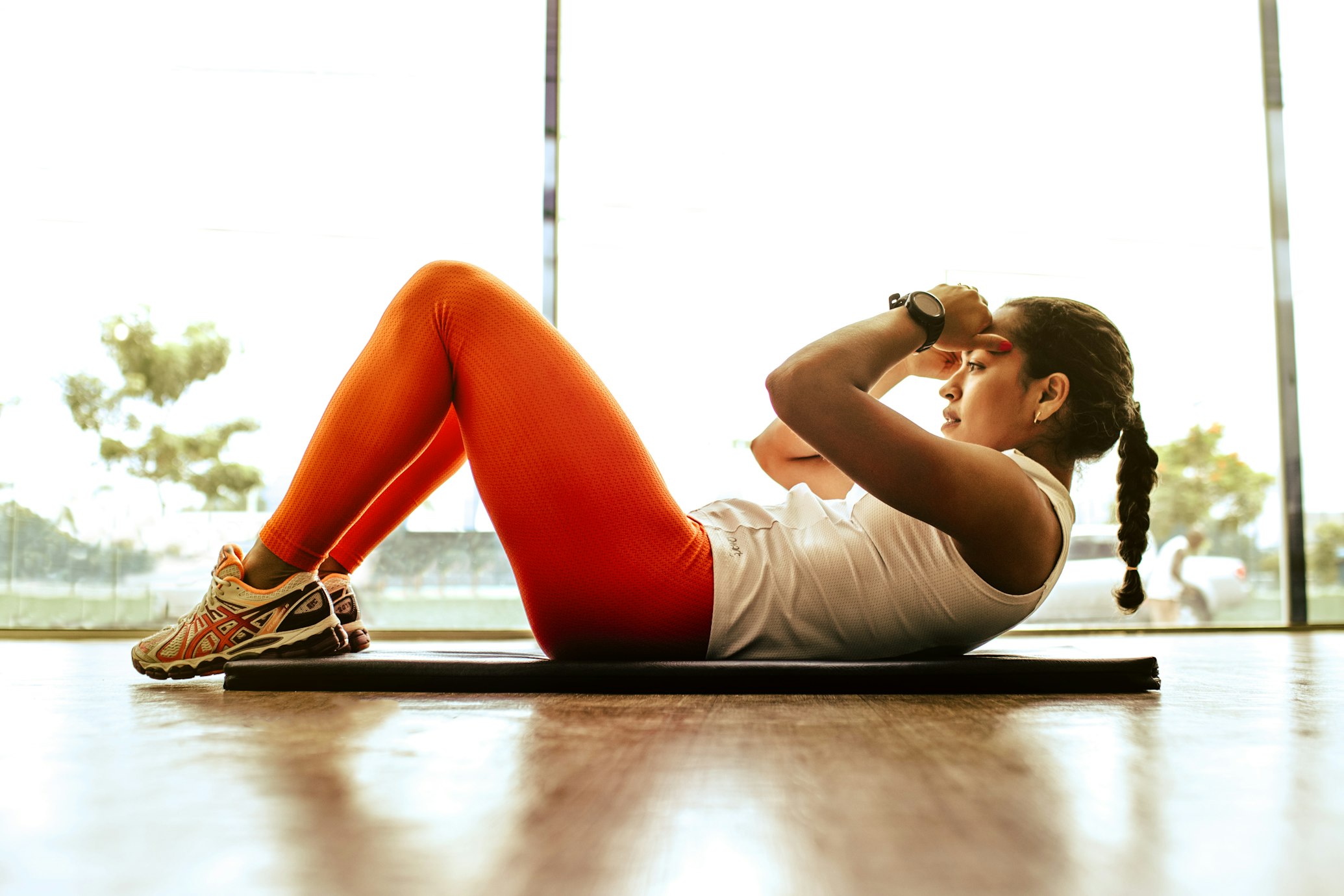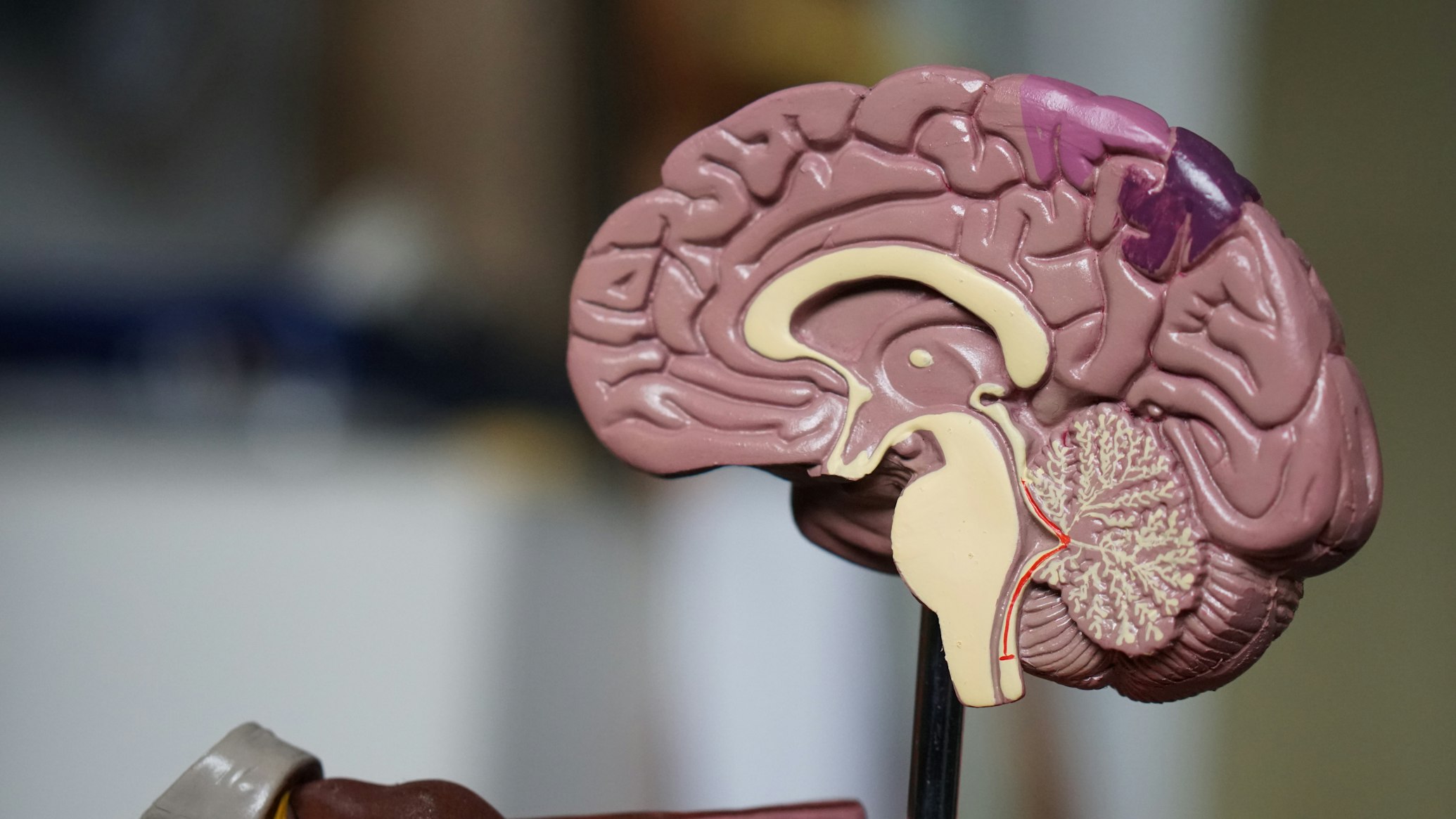· Injury Recovery · 6 min read
ACL Injury Recovery: The Engineer's Guide to Understanding Knee Ligament Rehabilitation
Understanding ACL injuries from an engineer's perspective - how the knee joint works, why ACL tears happen, and the systematic approach to recovery. Learn about the biomechanics, treatment options, and rehabilitation protocols that get you back to full function.

TL;DR - What You’ll Learn
ACL injuries are complex biomechanical failures that require systematic understanding and treatment. This guide breaks down the engineering principles behind ACL injuries, why they happen, and how to approach recovery with the same systematic mindset you’d use for any technical problem.
Key takeaways:
- ACL injuries are mechanical failures with predictable causes and solutions
- Recovery follows a structured, phase-based approach similar to engineering projects
- Success depends on understanding the biomechanics and following evidence-based protocols
- Prevention is about strengthening the system before it fails
The Problem: Understanding ACL Injuries as System Failures
Here’s a question: What if I told you that ACL injuries are essentially mechanical system failures - not random accidents?
That’s the reality. ACL (Anterior Cruciate Ligament) injuries follow predictable patterns, have identifiable risk factors, and respond to systematic treatment approaches. Understanding them from an engineer’s perspective can help you make better decisions about prevention, treatment, and recovery.
The core problem: Most people treat ACL injuries as unpredictable accidents, when they’re actually the result of biomechanical imbalances, poor movement patterns, and inadequate preparation for the demands placed on the knee joint.
The Mental Model: Think of the Knee as a Complex Mechanical System
Before we dive into the technical details, let’s establish a mental model that’ll help you understand ACL injuries.
Think of the knee joint as a sophisticated mechanical system - like a complex machine with multiple interconnected components:
- The ACL = The primary stabilizer preventing forward sliding of the tibia
- Muscles = The active control system that supports the passive ligaments
- Proprioception = The feedback system that tells your brain where your joint is in space
- Movement patterns = The software that controls how the system operates
When an ACL injury occurs, it’s usually because:
- The control system (muscles) isn’t providing adequate support
- The feedback system (proprioception) isn’t working optimally
- The movement patterns are placing excessive stress on the ligament
- The system is being asked to perform beyond its current capacity
How ACL Injuries Actually Work: The Biomechanical Breakdown
Let’s get into the engineering principles behind ACL injuries.
1. The Biomechanics of ACL Failure
The ACL has a specific job: prevent the tibia (shin bone) from sliding forward relative to the femur (thigh bone). It’s like a safety cable that keeps two parts of a machine properly aligned.
Common failure mechanisms:
- Non-contact injuries (70% of ACL tears): Usually happen during cutting, landing, or deceleration
- Contact injuries (30%): Direct blows to the knee, often in sports
- Overuse injuries: Gradual weakening from repetitive stress
2. Risk Factors: The System Vulnerabilities
Just like any mechanical system, certain factors make ACL injuries more likely:
Anatomical factors:
- Narrow intercondylar notch (the groove where the ACL sits)
- Increased tibial slope (the angle of the shin bone)
- Generalized ligamentous laxity (loose joints)
Biomechanical factors:
- Poor landing mechanics (knees collapsing inward)
- Weak hip and core muscles
- Poor balance and proprioception
- Inadequate warm-up and preparation
Environmental factors:
- Playing surface (artificial turf vs. natural grass)
- Footwear and equipment
- Fatigue and overtraining
3. The Injury Cascade: How One Problem Leads to Another
ACL injuries rarely happen in isolation. Here’s the typical cascade:
Movement Pattern Breakdown
Poor landing or cutting mechanics place stress on the knee
Muscle Weakness
Supporting muscles can’t provide adequate protection
Ligament Overload
The ACL bears more force than it can handle
Injury
The ligament tears, often with a characteristic “pop”
Compensatory Patterns
Other structures try to compensate, leading to additional problems
The Real-World Application: Where ACL Injuries Happen (And How to Prevent Them)
Let’s be honest about where ACL injuries occur and what you can do about them.
Where ACL Injuries Are Most Common
Sports with cutting and jumping:
- Soccer, basketball, football, volleyball
- Skiing and snowboarding
- Tennis and other racquet sports
- Dance and gymnastics
High-risk movements:
- Landing from jumps with knees collapsing inward
- Cutting or changing direction rapidly
- Decelerating suddenly
- Pivoting on a planted foot
Prevention: The Engineering Approach
System strengthening:
- Build strength in the entire kinetic chain (hips, core, legs)
- Improve balance and proprioception
- Practice proper landing and cutting mechanics
- Develop adequate warm-up routines
Movement pattern training:
- Learn to land with knees aligned over toes
- Practice cutting with proper hip and knee alignment
- Develop good deceleration mechanics
- Build endurance to prevent fatigue-related breakdowns
The Trade-Off Analysis
What you gain from prevention:
- Reduced injury risk (up to 70% reduction with proper training)
- Better performance in your sport
- Improved overall movement quality
- Confidence in your physical capabilities
What you give up if you don’t prepare:
- 6-12 months of recovery time
- Potential for long-term knee problems
- Loss of sport participation
- Significant financial costs
Treatment Options: The Engineering Solutions
ACL injuries have two main treatment approaches, each with their own trade-offs:
Non-Surgical Treatment (Conservative)
When it works:
- Partial ACL tears
- Older, less active individuals
- Those willing to modify their activities
- Cases where surgery isn’t medically advisable
The approach:
- Physical therapy to strengthen supporting muscles
- Activity modification to avoid high-risk movements
- Bracing for additional support
- Gradual return to activity with limitations
Limitations:
- May not provide adequate stability for high-level sports
- Risk of further injury with high-impact activities
- May not prevent long-term knee problems
Surgical Treatment (Reconstruction)
When it’s recommended:
- Complete ACL tears
- Active individuals wanting to return to sports
- Those with additional knee injuries
- Cases where stability is crucial
The process:
- Replace the torn ACL with a graft (tendon from elsewhere in your body or a donor)
- Secure it in the same position as the original ACL
- Allow it to heal and integrate with the bone
- Comprehensive rehabilitation to restore function
Advantages:
- Restores knee stability
- Allows return to high-level sports
- Prevents additional knee damage
- Better long-term outcomes for active individuals
Recovery Timeline: The Engineering Project Approach
ACL recovery follows a structured, phase-based approach similar to any engineering project:
Phase 1: Acute Phase (0-2 weeks)
Goals: Control swelling, restore range of motion, protect the graft
Key activities:
- Rest, ice, compression, elevation (RICE)
- Gentle range of motion exercises
- Crutch use if needed
- Pain and swelling management
Phase 2: Early Rehabilitation (2-6 weeks)
Goals: Restore normal walking, begin strength training
Key activities:
- Progressive weight bearing
- Basic strengthening exercises
- Balance and proprioception work
- Gradual return to normal activities
Phase 3: Intermediate Rehabilitation (6-12 weeks)
Goals: Build strength and endurance, improve movement quality
Key activities:
- Progressive strength training
- Balance and coordination exercises
- Cardiovascular conditioning
- Sport-specific movement patterns
Phase 4: Advanced Rehabilitation (3-6 months)
Goals: Prepare for return to sport, build power and agility
Key activities:
- Plyometric training
- Sport-specific drills
- Agility and speed work
- Gradual return to sport activities
Phase 5: Return to Sport (6-12 months)
Goals: Full return to sport with confidence and safety
Key activities:
- Sport-specific training
- Competition simulation
- Performance testing
- Ongoing maintenance program
The Principles: Rules of Thumb for ACL Recovery Success
Based on successful recoveries, here are the core principles:
1. Follow the evidence: Stick to proven rehabilitation protocols 2. Be patient: Recovery takes time - rushing leads to setbacks 3. Focus on quality: Perfect form is more important than quantity 4. Listen to your body: Pain is a signal, not a challenge to overcome 5. Build the system: Strengthen everything, not just the knee 6. Practice prevention: Use your recovery to build better movement patterns
Conclusion: The Engineer’s Mindset for ACL Recovery
ACL injuries are complex biomechanical problems that respond well to systematic, evidence-based approaches. By understanding the engineering principles behind knee function, injury mechanisms, and recovery processes, you can make informed decisions about your treatment and rehabilitation.
The key is to approach your recovery like any engineering project: with clear goals, systematic planning, careful execution, and continuous monitoring and adjustment. Your knee is a sophisticated mechanical system - treat it with the respect and attention it deserves.
Remember: The goal isn’t just to recover from your ACL injury, but to come back stronger, more resilient, and better prepared for the demands of your sport and life.
